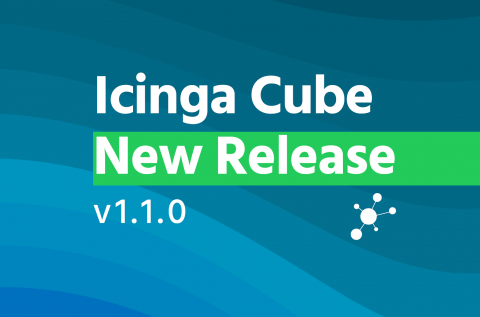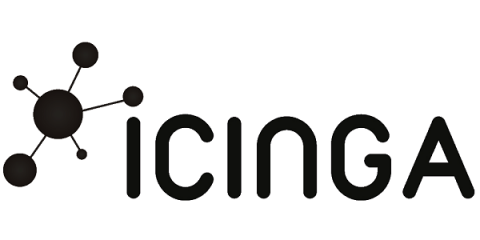Icinga Cube 1.1.0 is out!
As a little introduction for everyone who has not heard about the cube yet: The cube module is there to show statistics grouped by the custom variables that have been set for the hosts and services. They are then displayed in up to three dimensions for a quick overview to show the relations. The most prominent change is the addition of services: While it used to be only possible to have the hosts in a cube, the module has now been extended to provide full functionality with services as well.





